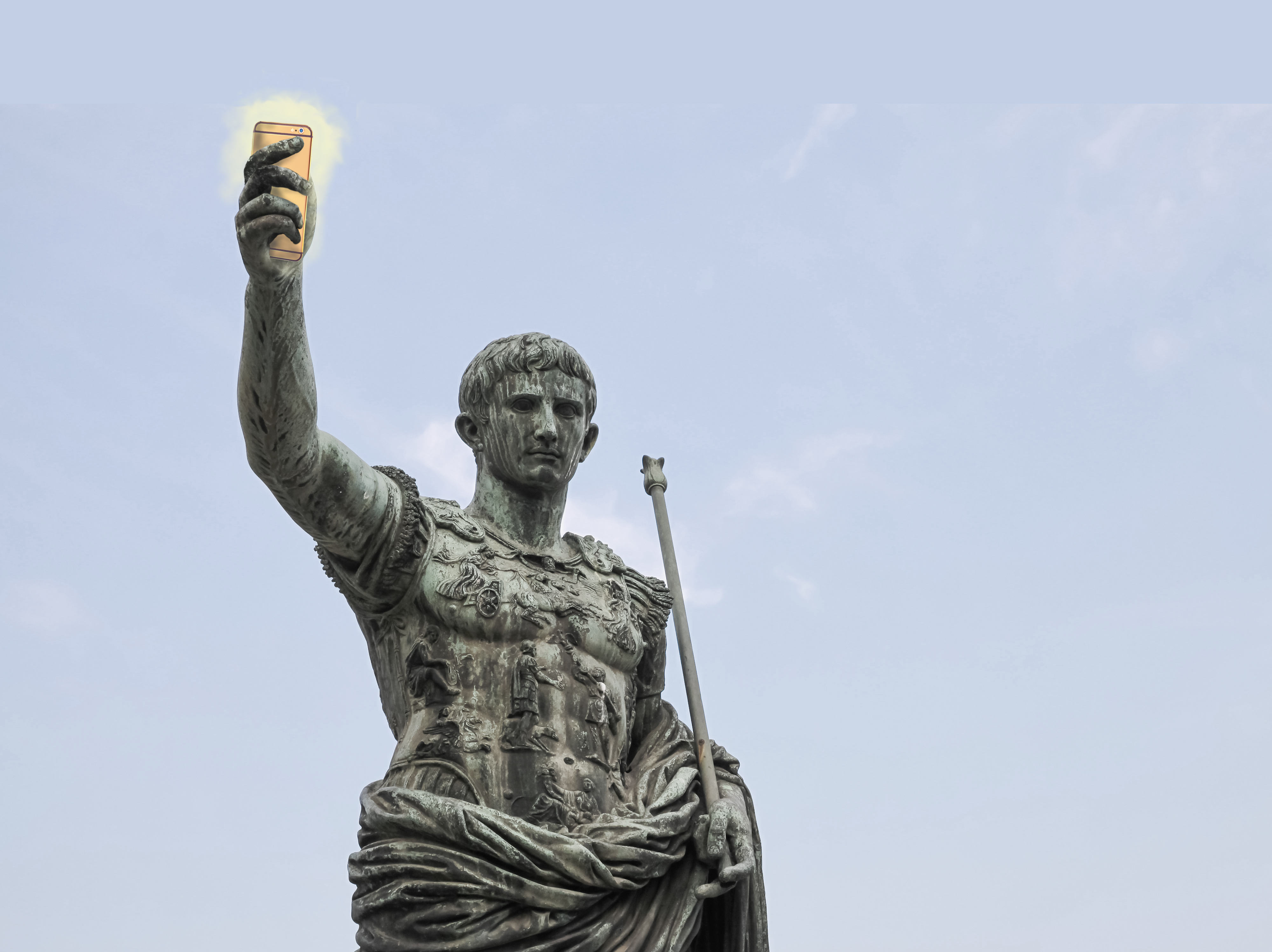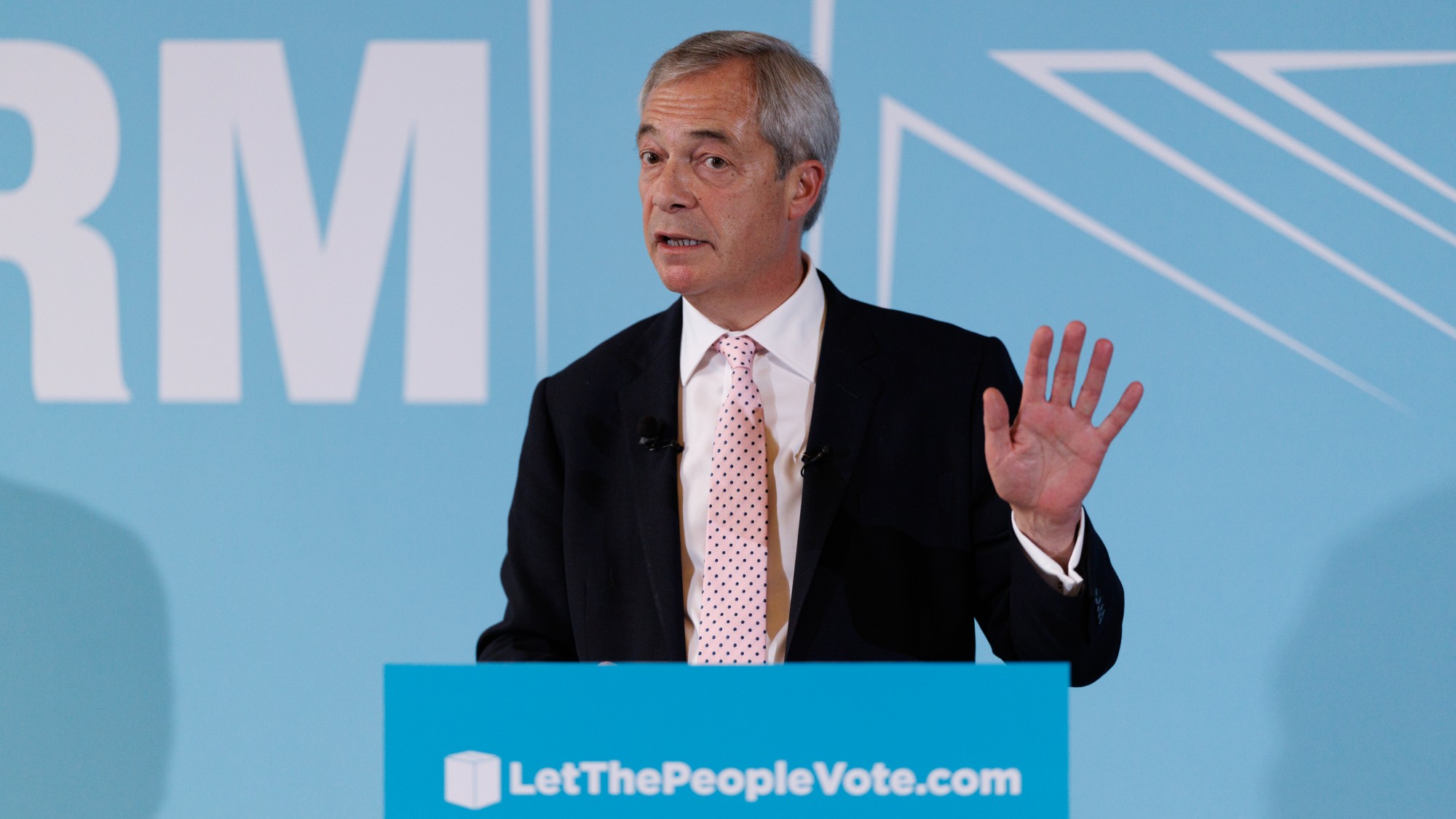Why Instagram conquered social media
Remember when people were amazed that Facebook would spend $1 billion on Instagram? Ha!


Remember when people were amazed that Facebook would spend $1 billion on Instagram? Back in 2012, the mobile app was known primarily for retro filters placed over the photos of its young urban users. The company had no revenue. It didn't even have an Android app. What folly!
Things couldn't be more different now. An analyst at Bloomberg Intelligence recently valued Instagram at $100 billion. The photo platform recently crossed a billion monthly active users, and the same Bloomberg analyst suggested it's on track to double that already gargantuan figure. And perhaps most significantly, people now are beginning to spend about as much time in the Instagram app as in Facebook's.
What is it about this app that displays photos and videos that makes it so wildly successful? Partly, it's Instagram's clever design choices. But it's also because Instagram has been able to tie people's desire for connection to a growing revenue stream better than any other platform.
The Week
Escape your echo chamber. Get the facts behind the news, plus analysis from multiple perspectives.

Sign up for The Week's Free Newsletters
From our morning news briefing to a weekly Good News Newsletter, get the best of The Week delivered directly to your inbox.
From our morning news briefing to a weekly Good News Newsletter, get the best of The Week delivered directly to your inbox.
You can trace this success back to Instagram's much derided "hipster" aesthetics. The use of filters, first deployed as a mobile throwback to the Polaroid, ended up framing people's pictures as idyllic representations of life: Here's my day spent around the city — only prettier.
Instagram thus became intimately tied to aspiration. It has for years now been a cliché that the platform is a place for people to show off themselves. Even accounts with wide-ranging focuses, from wellness to bikini models to design, play off the idea of presenting a curated, polished version of life, gathering thousands or even millions of followers because of it.
Its effect can be felt everywhere. It's a well-documented phenomenon now that new cafes and bars, or even art shows, will shape themselves to look good "on the 'gram." And as writer Kyle Chayka has convincingly argued, it has even a produced a kind of uniformity of "hip" spaces around the world — a trend he calls AirSpace — that has coffee shops in Berlin and Bombay looking almost exactly the same.
It's that same focus on aesthetics and aspiration which made the platform ideal for ecommerce. First, people with large accounts became influencers and began to peddle or at least implicitly endorse certain products. Then, brands migrated to the platform because its visual-first design was ideal for marketing, particularly for fashion. Now, Instagram users can buy products directly in the app from both its stories feature and its main feed. By monetizing the way in which people find and express what they're coveting, Instagram is well-positioned to produce serious revenue, particularly with such a large userbase. Its success is in how it brought a revenue stream to the native culture of the platform.
A free daily email with the biggest news stories of the day – and the best features from TheWeek.com
But if Instagram is partly where people live out their #bestlife, the app also has a clever release valve for all the accompanying pressure around self-presentation: the story. Blatantly copied from Snapchat, the feature allows users to turn photos and videos into a form of social connective tissue. It also lends itself to the flippant, the ephemeral, the messy, and the spontaneous. Unlike the polished nature of the images that appear on one's profile, the story is more like an audio-visual status update that simply deletes after a day, and it's more fun because of it.
In that sense, Instagram is a relief from other social networks. It has avoided the pitfalls of Facebook and Twitter through its more closed-off nature. Users cannot post links in comments, so that sort of spam is prevented. There is no built-in "re-gram" function akin to Twitter's retweet or quote tweet function, making the desperate clamor for virality less pronounced. Meanwhile, the simple visual nature of the app also means it's less likely to be used for explicitly political or ideological purposes (though whether this is good or not depends on one's proclivities).
That is not to say that Instagram doesn't have its social problems. Just recently, Star Wars' actor Kelly Marie Tran was driven off Instagram because of the harassment she received there, and she isn't the first. Large digital platforms always allow for malice and unintended uses, and it's imperative that tech companies think about this fact from the start.
After all, far too often, the makers of social networks don't think about all the consequences of their platforms' structures. Neither Twitter nor Facebook predicted that their apps would be full of malicious actors and bots because of the way their apps prioritized visibility, metrics, and sharing, behaviors that would eventually be gamed. What Instagram's continued success suggests is that it's the structure of apps — how they are made and what they then allow — that is the key to fostering a culture that doesn't become toxic.
As it turned out, Instagram's most important filters were those which helped quell bad behavior: design, a bit of luck, and a marriage of both culture and commerce.
Navneet Alang is a technology and culture writer based out of Toronto. His work has appeared in The Atlantic, New Republic, Globe and Mail, and Hazlitt.
-
 Political cartoons for December 13
Political cartoons for December 13Cartoons Saturday's political cartoons include saving healthcare, the affordability crisis, and more
-
 Farage’s £9m windfall: will it smooth his path to power?
Farage’s £9m windfall: will it smooth his path to power?In Depth The record donation has come amidst rumours of collaboration with the Conservatives and allegations of racism in Farage's school days
-
 The issue dividing Israel: ultra-Orthodox draft dodgers
The issue dividing Israel: ultra-Orthodox draft dodgersIn the Spotlight A new bill has solidified the community’s ‘draft evasion’ stance, with this issue becoming the country’s ‘greatest internal security threat’
-
 The pros and cons of noncompete agreements
The pros and cons of noncompete agreementsThe Explainer The FTC wants to ban companies from binding their employees with noncompete agreements. Who would this benefit, and who would it hurt?
-
 What experts are saying about the economy's surprise contraction
What experts are saying about the economy's surprise contractionThe Explainer The sharpest opinions on the debate from around the web
-
 The death of cities was greatly exaggerated
The death of cities was greatly exaggeratedThe Explainer Why the pandemic predictions about urban flight were wrong
-
 The housing crisis is here
The housing crisis is hereThe Explainer As the pandemic takes its toll, renters face eviction even as buyers are bidding higher
-
 How to be an ally to marginalized coworkers
How to be an ally to marginalized coworkersThe Explainer Show up for your colleagues by showing that you see them and their struggles
-
 What the stock market knows
What the stock market knowsThe Explainer Publicly traded companies are going to wallop small businesses
-
 Can the government save small businesses?
Can the government save small businesses?The Explainer Many are fighting for a fair share of the coronavirus rescue package
-
 How the oil crash could turn into a much bigger economic shock
How the oil crash could turn into a much bigger economic shockThe Explainer This could be a huge problem for the entire economy
